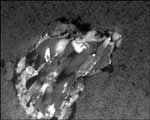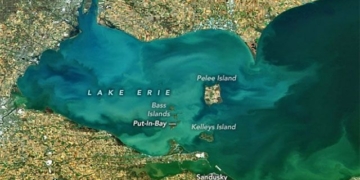 According to the analysis results of comet dust samples brought back from space by NASA’s Stardust spacecraft, scientists were surprised by the findings. These comet dust particles contain magnesium-rich olivine and various other minerals that are high in calcium, aluminum, and titanium, which are formed at extremely high temperatures.
According to the analysis results of comet dust samples brought back from space by NASA’s Stardust spacecraft, scientists were surprised by the findings. These comet dust particles contain magnesium-rich olivine and various other minerals that are high in calcium, aluminum, and titanium, which are formed at extremely high temperatures.
These minerals originated in areas close to the Sun or even within the Sun itself but have traveled to the coldest regions at the edge of the Solar System, where many comets are formed. Olivine is the most abundant mineral in the universe and is a primary component of the green sand found on many beaches in Hawaii.
American astronomers assert that the astonishing discoveries from these comet dust samples have opened a new direction in space research. The composition of comets consists of complex substances formed at varying temperatures, from super high to super cold.
In January 2004, the American spacecraft flew within 250 km of Comet Wild 2 and concluded its 7-year journey through space by landing in the Utah desert on January 15, 2006. Stardust brought back comet dust samples that are considered unchanged for 4.6 billion years since the formation of the Solar System.


















































